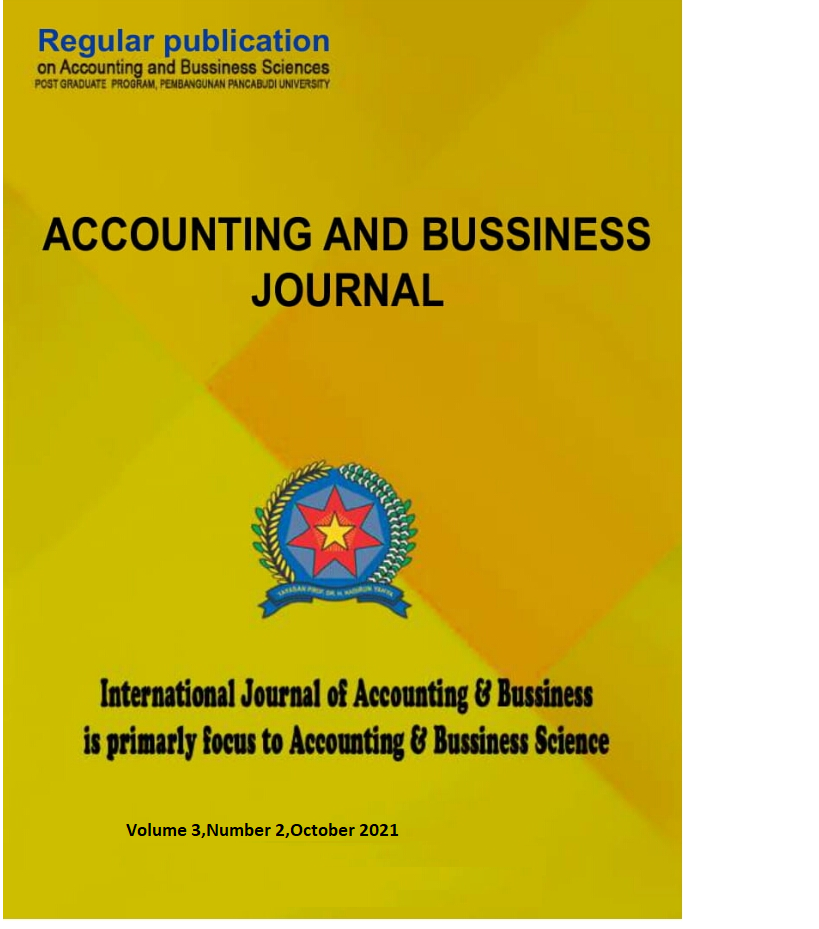Added Value Analysis Of Oil Palm Frond Waste Into The White Oyster Mushroom (Pleurotus Ostreatus) Growing Media To Increasing Business Opportunities In Sampali Village, Percut Seituan, Deli Serdang Regency
DOI:
https://doi.org/10.54248/abj.v3i2.3923Keywords:
Value Added Analysis, Oil Palm Frond, Baglog Oyster MushroomAbstract
The oyster mushroom cultivation business using oil palm frond waste processing medium is a business that the whole or part of the fund is owned by the local communities and plantation of PTPN2 Sampali and it is expected to improve the economy of the plantation community and surrounding plantations based on the needs and potential of oil palm frond waste as raw material for mushroom baglog. The society around PTPN2 Sampali is one of the productive communities that utilizes plantation waste as raw material for mushroom baglogs, located in Sampali Village, Engal Mukti Village, Percut Sei Tuan District. Processing of oil palm fronds carried out by community business units is a value addition to converting waste into mushroom baglog products become economic value. The purpose of this research is to analyze the profit and added value of the waste of oil palm fronds into Baglog Oyster mushroom, the business unit of the plantation community and around PTPN2 Sampali. The analytical method used is value added analysis and income statement. The results of the analysis showed that the Cost of Production (HPP) for every one kilogram of baglog production costs Rp. 2,105, and gets an income of Rp. 3,360,000 with a profit of Rp. 688,666. The added value obtained per kilogram from the composting business is Rp. 2,111.



